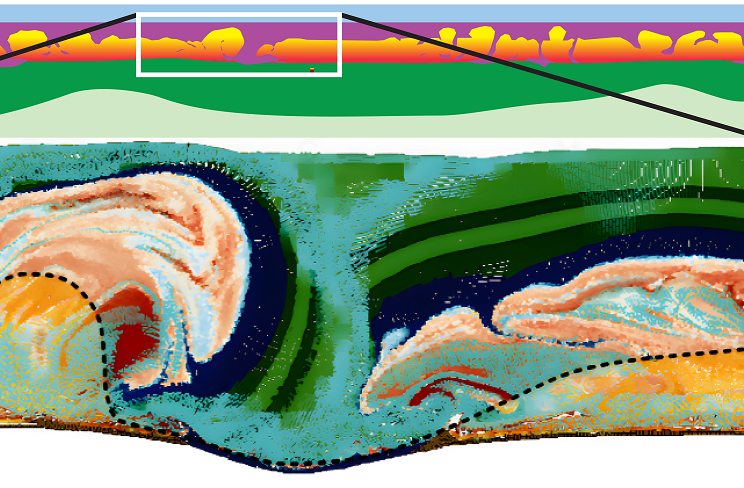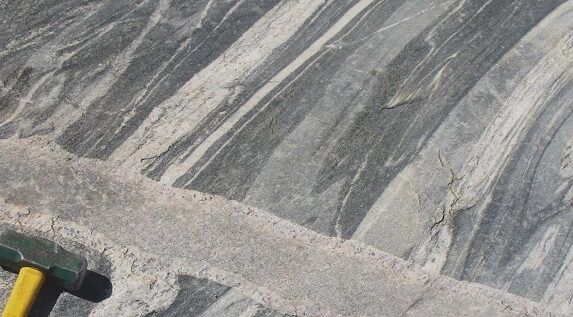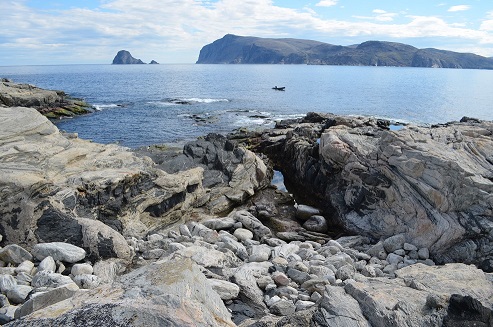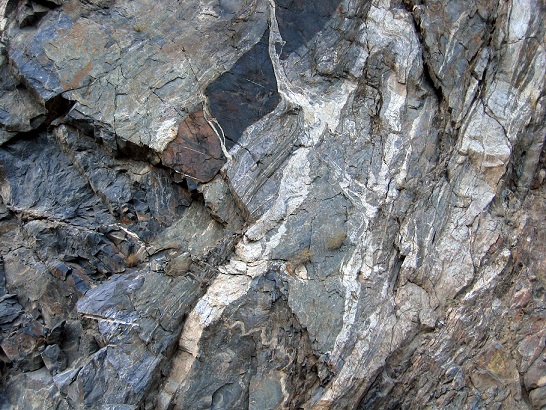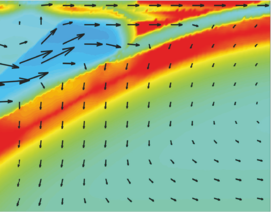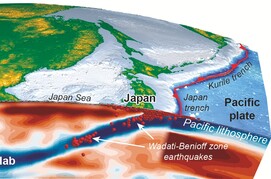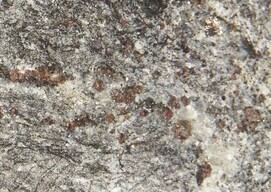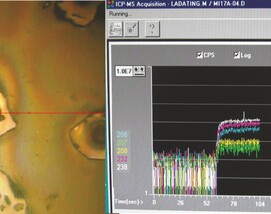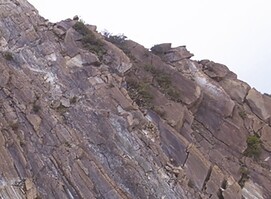Embracing Craton Complexity at Depth
Variations within individual cratons, as well as across different cratons, are readily apparent at the Earth’s surface, providing indirect insight into the processes governing the formation and evolution of the under- lying regions. However, our views at depth are more limited. As such, there is a risk of interpreting the cratonic lithosphere as a monolith. Recent modeling and advances in seismological imaging have enhanced our perspective of vertical variations within the cratonic lithosphere, which has helped build a general conceptual model. While lateral variations also are increasingly identified, their significance still presents unanswered questions. In this review, we summarize the current state of knowledge of cratonic lithospheric structure and demonstrate the importance of lateral heterogeneity in craton evolution and stability.
Embracing Craton Complexity at Depth Read More »



